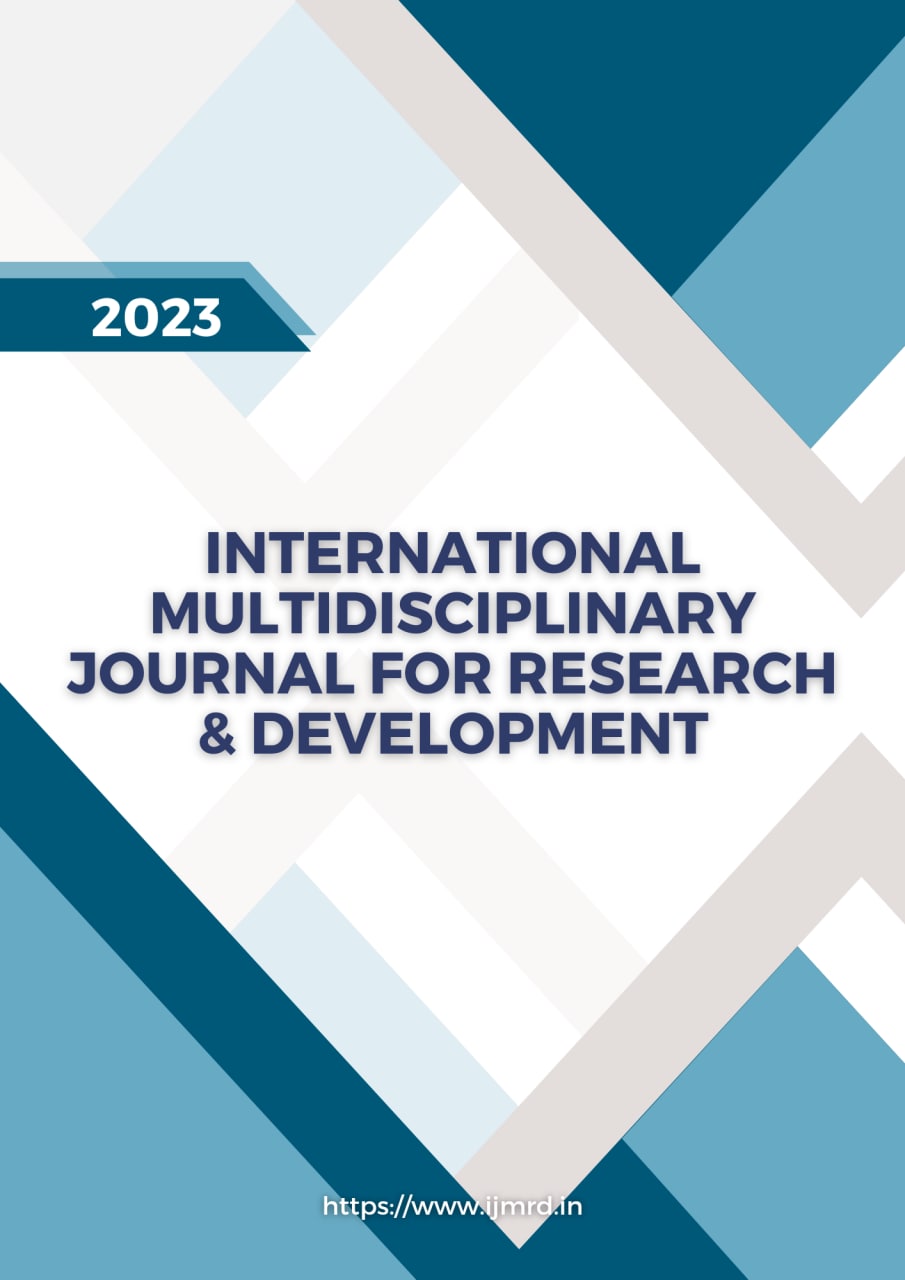FOREIGN LANGUAGE AS AN EDUCATINAL SUBJECT

Abstract
This article examines an important point in the difference between teaching a native language and teaching a foreign language is that mastery of the native language occurs in the sensitive period, that is, in the most language-sensitive period in the child’s development. When learning a foreign language, even in elementary school or the senior group of kindergarten, it is not carried out in the most sensitive period, but at best at 5-6 years, that is, at the end of this period.
Keywords
Language, motivation, methodology, educational system, foreign language, traditional learning.
References
- ACTFL, 2006. ACTFL Performance Guidelines for K-12 Learners. American Council on the Teaching of Foreign Languages, Yonkers, NY.
- Birdsong, D., 2006. Age and second language acquisition and processing: a selective overview. Language Learning 56, 9–49.
- Danielson, C. (2007). Enhancing Professional Practice: A Framework for Teaching. Alexandria, VA:
- ASCD.
- Ellis, N.C., Larsen-Freeman, D., 2006. Language emergence; implications of applied linguistics-introduction to the special issue. Applied Linguistics 27, 558–589.
- Fonseca-Greber, B., 2010. Social obstacles to intercultural competence in American language classrooms. In: Proceedings of CERCLL Intercultural Competence Conference. CERCLL, Tucson, Arizona, pp. 102–123.
- Stronge, J. H. (2018). Qualities of Effective Teachers. Alexandria, VA: ASCD.
- Joyce, B., Weil, M., & Calhoun, E. (2015). Models of Teaching. Pearson.
- Ingle, J., & Hartnett, M. (2004). Peer observation: a tool for staff development or compliance? Innovations
- in Education and Teaching International, 41(4), 421-430.
- Van den Berg, I., Admiraal, W., & Pilot, A. (2006). Peer assessment in university teaching: Evaluating seven course designs. Assessment & Evaluation in Higher Education, 31(1), 19-36.
- Van Patten, B., Williams, J. (Eds.), 2008. Theories in Second Language Acquisition: An Introduction. Routledge Taylor & Francis Group, New York.
- Vidakovic, I., 2010. Second language acquisition of dynamic spatial relations. Research and Validity Group, Cambridge ESOL 42, 23–33.
Downloads
Download data is not yet available.